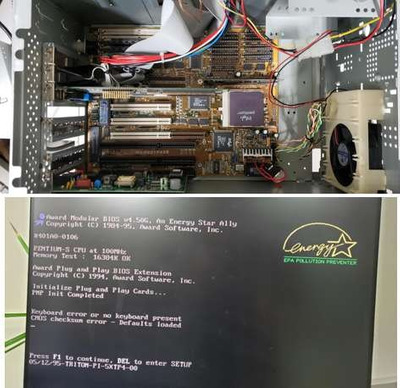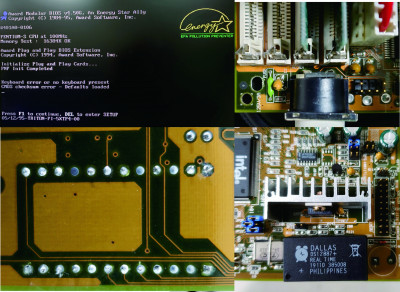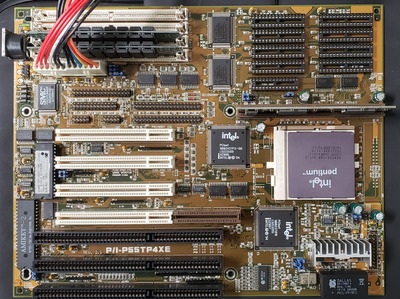First post, by Aui
Hi everyone - my first post. Thanks for the great support. I have reached a dead end, trying to restore an old PC I found on a dump. The Computer has a P1 100 Mhz and sits on an Asus P/1-P55TP4XE. The Dallas RTC was flat (causing all sorts of errors), but I could still boot up into Dos and everything was more or less working. So I decided to replace the battery, desoldered it and soldered in a new Dip socket attached a coin cell to the Dallas RTC (and bought a second new one) and put everything back together. And now, the PC is no longer booting correctly. The key issue is the Keyboard (old 5 pin AT conector) which is not working. I have no other old PC to test the keyboard nor do I have another old AT style keyboard to test if that would work. Generally, I doubt that the keyboard should have gone bad - just the moment I replaced the RTC. Replacing the RTC has also not soved the CMOS checksum error. Any ideas what could have gone wrong. Also any ideas how I could get another keyboard working on this board would be much appreciated. Processor, Ram and PNP cards are still correctly initialized (see attached screenshot). What are my options. I have put in so much time into this thing, I cant yet convince myself to get a new board. Thanks for any suggestions already in advance.


